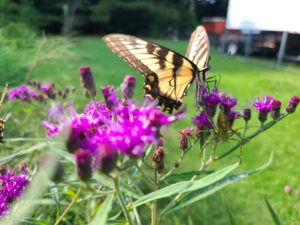
Ecosystem Services - What Your Garden and Nature Does for You
Gardeners, farmers and landowners who manage their land are drawn to those vocations and hobbies for many reasons. Some …



El inglés es el idioma de control de esta página. En la medida en que haya algún conflicto entre la traducción al inglés y la traducción, el inglés prevalece.
Al hacer clic en el enlace de traducción se activa un servicio de traducción gratuito para convertir la página al español. Al igual que con cualquier traducción por Internet, la conversión no es sensible al contexto y puede que no traduzca el texto en su significado original. NC State Extension no garantiza la exactitud del texto traducido. Por favor, tenga en cuenta que algunas aplicaciones y/o servicios pueden no funcionar como se espera cuando se traducen.
Inglês é o idioma de controle desta página. Na medida que haja algum conflito entre o texto original em Inglês e a tradução, o Inglês prevalece.
Ao clicar no link de tradução, um serviço gratuito de tradução será ativado para converter a página para o Português. Como em qualquer tradução pela internet, a conversão não é sensivel ao contexto e pode não ocorrer a tradução para o significado orginal. O serviço de Extensão da Carolina do Norte (NC State Extension) não garante a exatidão do texto traduzido. Por favor, observe que algumas funções ou serviços podem não funcionar como esperado após a tradução.
English is the controlling language of this page. To the extent there is any conflict between the English text and the translation, English controls.
Clicking on the translation link activates a free translation service to convert the page to Spanish. As with any Internet translation, the conversion is not context-sensitive and may not translate the text to its original meaning. NC State Extension does not guarantee the accuracy of the translated text. Please note that some applications and/or services may not function as expected when translated.
Collapse ▲
Gardeners, farmers and landowners who manage their land are drawn to those vocations and hobbies for many reasons. Some …
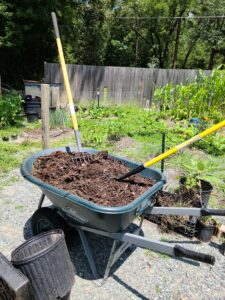
There is such a thing as too much of a good thing. This is a universal truth, as much …

Find out what categories each age group can enter! Join the Sanford Lions Club and N.C. Cooperative Extension for the …
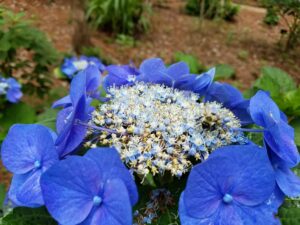
Hydrangeas are staple companions in the Southern garden. Books, articles, and poems have been written in ode to these …
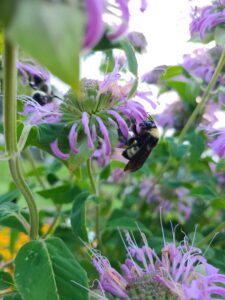
“Pollinators are under threat.” We hear it more and more from scientists and the news. If you haven’t heard, …

We stay busy in Lee County, both in the office and in the field. Rhonda Gaster single-handedly held down …
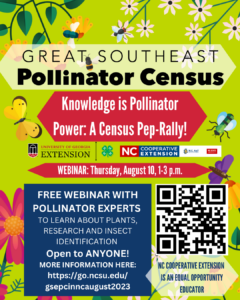
The Great Southeast Pollinator Census is August 18th and 19th and North Carolina is participating! The Census is a community science project created …

Bitter Sneezeweed (Helenium amarum) is a warm season annual that has a small yellow flower with narrow leaves. It …

July has been a very busy, very impactful month! It started off with a bang with the July 4th …
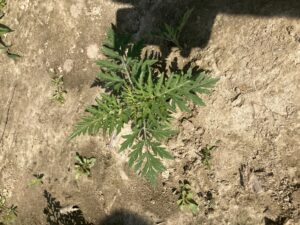
One weed that is a nuisance in a row crop field as well as those with allergies is Ragweed. Ambrosia …

The old-timers still tell stories about going down to the “pawpaw patch” to get the sweet, unusual fruit in …
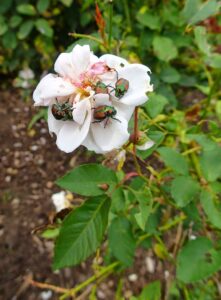
Summertime in North Carolina is an incredible time because we have so much plant and animal diversity in our …
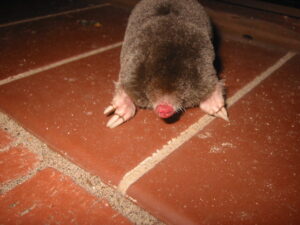
It’s one of those lovely, sunny days that invites you out to the garden. You make your way around …

It was a hot one in Sanford this week, but we had a great time with double 4-H Camps …
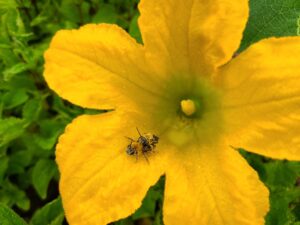
Happy International Pollinator Week! It was a busy week and we are SO grateful for the rain! The Pollinator …
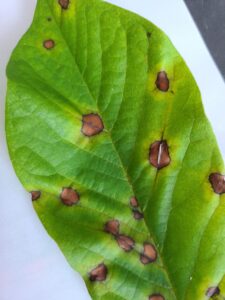
Gardeners and farmers are some of the most astute folks. They pay close attention to the health of their …

The American Beech, Fagus grandfolia, is the golden lady of the woods in the wintertime. This North American native tree …
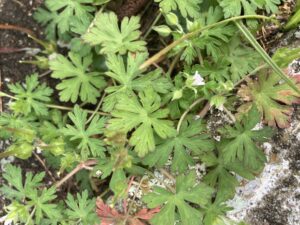
Geranium carolinianum A native of the east coast Carolina Geranium is a shorter plant that has small white blooms. It …

We have lots of programs and partnerships starting and growing at N.C. Cooperative Extension- Lee County Center. We are …
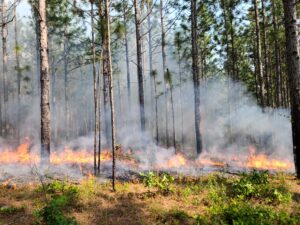
The Summer is coming on fast and the N.C. Cooperative Extension Office- Lee County Center Staff is out there …

Black root rot impacts a range of woody and herbaceous ornamental plant species primarily in …

This Entomology Insect Note discusses how to identify and manage common armored scale insects that …
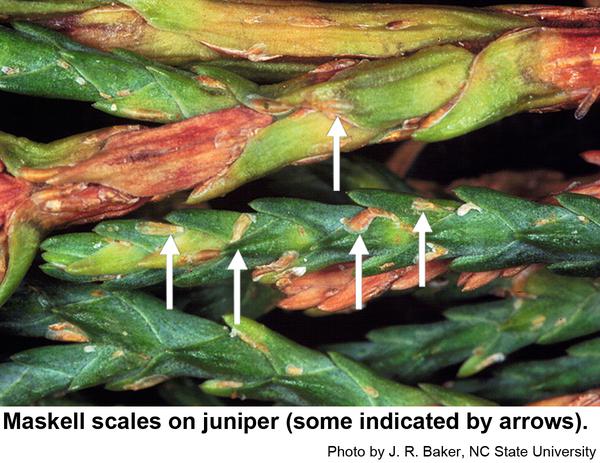
This factsheet describes the biology of the maskell scale, Lepidosaphes maskelli, and provides residential management …
This guide is designed to help turf managers identify the major turfgrass pests found in …

This native plants chapter of the Extension Gardener Handbook defines the term native, why gardeners …

This field guide and linked resources provide information on basic insect identification, sampling methods, monitoring, …

This publication alerts prospective gardeners to some of the most common contaminants in urban soils, …

This factsheet describes the biology and disease control of Southern Blight in Herbaceous Ornamentals